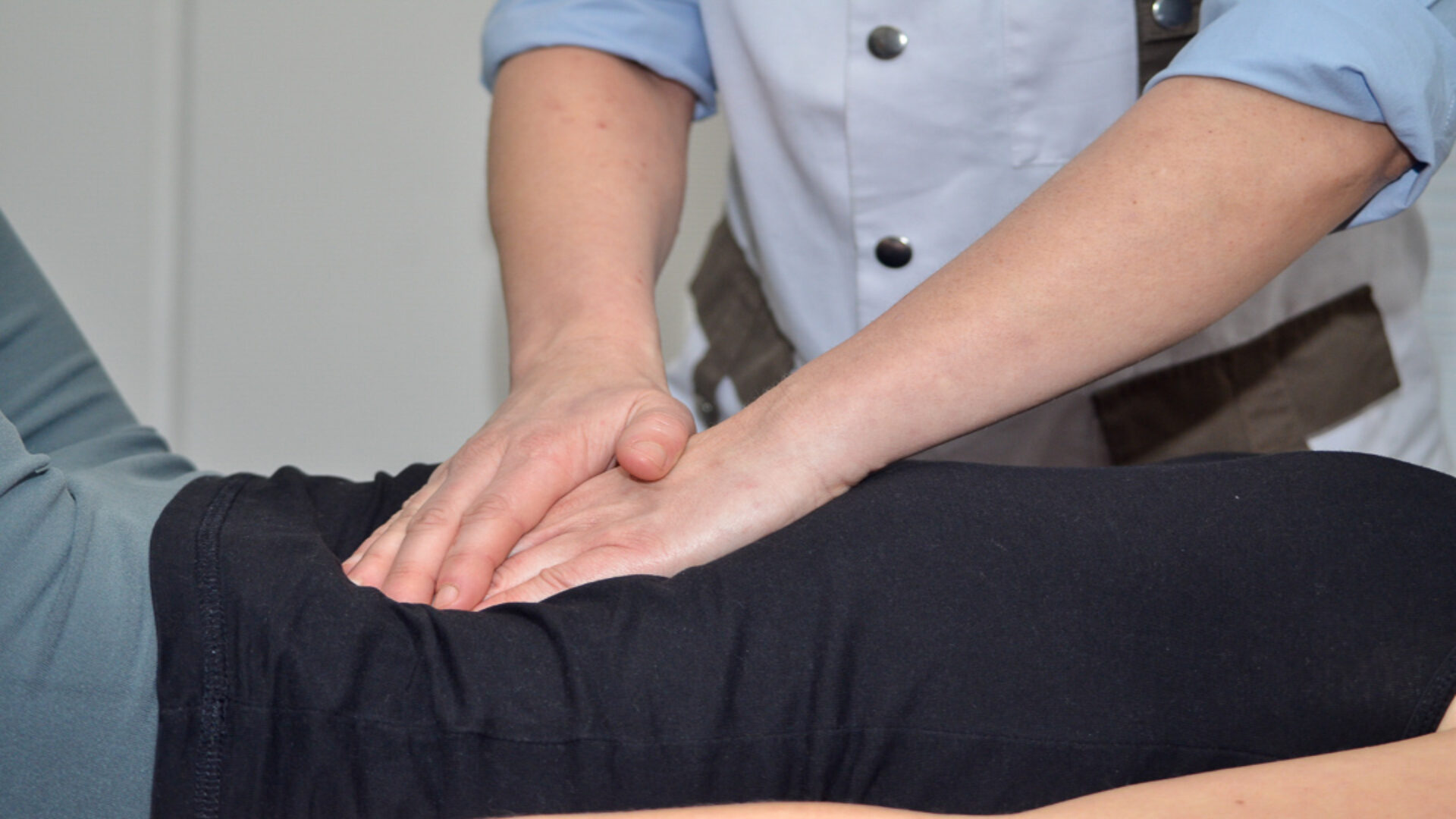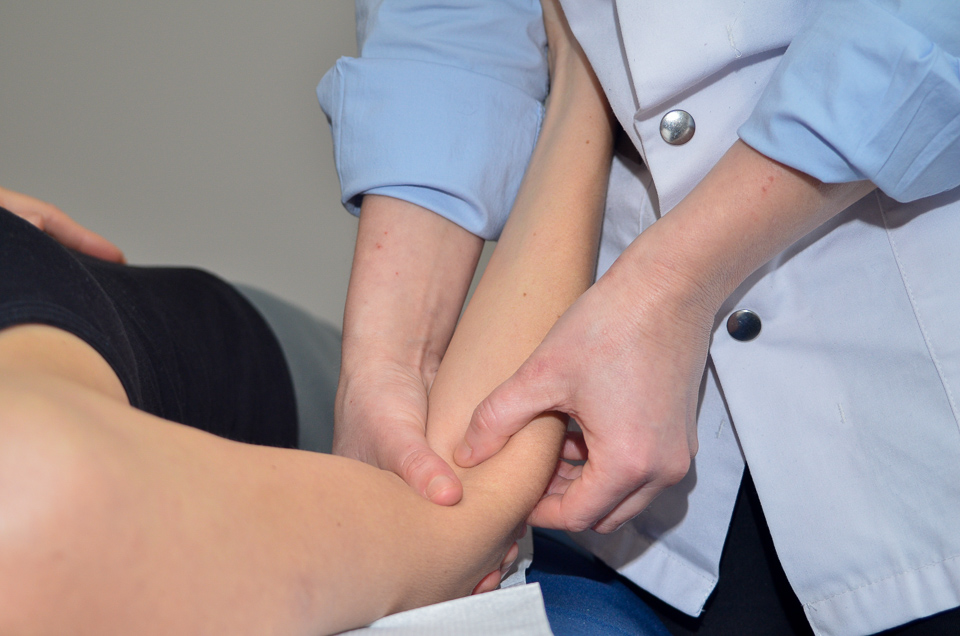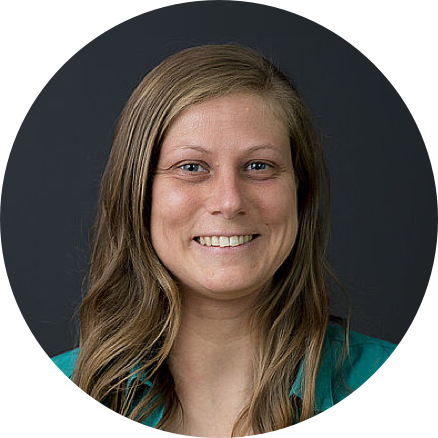Conduct of the session and osteopathic techniques

What can you expect during the session?
Questioning :
First of all, the osteopath will ask you precise questions about your pain : when did the trouble started, where is it exactly, how is it (stabbing, burning, numbness, tightness… ?), is it associated with other troubles, is it a first episode, did you had previous treatment for it, what triggers it ?
Once the problem is described, more general questions will follow : are you under medication ? do you have any chronicle health problem ? Do you have history of surgery or trauma ?
Thorough visual examination and palpation :
Your posture will be examinated all along the session : at first standing, then sitting, laying, and during the whole session, looking at first for unbalances and areas of interest, then for changes.
The palpation will reveal unbalances of the different group muscles, and will be put in perspective with other information and tests, to get a better understanding of the origin of the trouble.
Medical tests :
The osteopath can perform various medical tests, to evaluate the trouble, and make sure it is within its competence. For example, the osteopath can measure your blood pressure, investigate a neurological or musculoskeletal trouble, looking for signs of a broken bone, a damaged ligament, a herniated disk, or an infectious process.
Range of voluntarily/involuntary movements :
The osteopath can ask you to perform different movements, such as leaning forward, turning the head, walking, bending the knees, breathing deeply… This will help having a global overview of your mobility, understanding how the different areas move together, and how the painful zone is affected.
It can be completed by the osteopath mobilizing some area while you relax, so we know more about the mobility of the joints themselves, without the action of the muscular system.
Tests of micro-mobility :
Once the trouble is appreciated in its globality, it’s time to get to the very heart of the osteopathic investiguation : the micro-mobility. Depending of the results of the previous tests, the osteopath can now focus on some joints or area, and perform micro-mobility tests : most of the time, while using one hand to create a fixed point, the other will mobilize the bone, organ or tissue concerned, to appreciate the mobility of this specific joint or soft tissue.
The osteopath is looking for lack of micro-mobility, what is called osteopathic dysfunction.

How does the osteopath work?
Correction of the osteopathic dysfunction(s) :
The osteopath can practice on all different kind of tissue, and have a very wide range of techniques to give back the mobility where needed.
-> musculoskeletal system :
– “Thrust”or “High-Velocity Low-Amplitude” (HVLA) techniques : This refers to the “cracking techniques” that most people associate with osteopathy. It can be performed on most joints, and is especially used on the spine. Its aims is to bring the joint in the opposite parameters of the dysfunction. The force applied is fast to prevent muscles implication and cause a reflex to free the joint. The osteopath will never go further the physiological limit of the joint.
– functional technique : This kind of technique can be direct or indirect; if direct, the practitioner bring the joint in the parameter of the dysfunction, so to the maximum amplitude where the joint won’t go, until the tissues release the tension by themselves; sometimes it can be beneficial to go first against the dysfunction, so exaggerate the mobility in the parameters where it goes too easily or too much before to do the opposite : in this case it is called indirect.
– Muscle Energy Technique (MET) : Techniques invented by the osteopathic physician Fred Mitchell, they are used if a muscles or a group of muscles is responsible for a joint dysfunction. Upon request, the patient will create a muscle contraction on a precise position and precise direction, against the practitioner counterforce.
– “Strain and counterstrain“, also known as Jones’s techniques (developed by the osteopathic physician Lawrence Jones), are using the most relaxing position regarding a specific muscle.
– General Osteopathic Technique (GOT) : refers to either a way to conduct the session, or to a kind of technique. The joint is brought to the limit of its mobility repeatedly, interrupted by time back to neutral position, until balanced of the mobility.
– Fascial techniques : Fasciae are fibrous enveloping tissues, situated around muscles and organs, and often contain blood vessels and nerves. Different types of stretching, pulling tension, or massage can be used to give them back mobility.
– Deep tissue massage, rolling, grasping, vibrating, pressure, recoil, stretching and so can be used to release soft tissues or muscles tightness.
-> cranio-sacral techniques : uniting all techniques regarding the skull and it’s relation with the sacrum, including the bones, joints, muscles, fasciae, membranes and the dura.
Cranio-sacral techniques have been invented by the osteopath William Gardner Sutherland, and should always be used as part of osteopathic session, as they were meant to be.
-> Visceral techniques : the osteopath will work primarily on the soft tissue around the organs, or linking them to others or to the musculoskeletal system.
-> Autonomic nervous system : There is specific techniques to stimulate, inhibit, or balance the autonomic nervous system.
Control and end of the session :
After the correction of the dysfunctions, the osteopath can ask you to repeat the movements you performed at the beginning of the session, to appreciate and quantify the return to normal or better mobility.
You can also get explanations or advice to maintain the benefits of the session and prevent relapse.
-

Maud Clément
Autoriseret osteopat
-
Opening HoursMonday - Friday08.00 - 17.00AddressRosenvangs Allé 17, 8260 VibyGet DirectionsParkingFree Parking4 spotsBus Departures2A1A4A142022A stops in front of the clinic.
1A, 4A, 14, and 202 stop 3 minutes away.AccessibilityThe clinic offers handicap access and a spacious waiting room